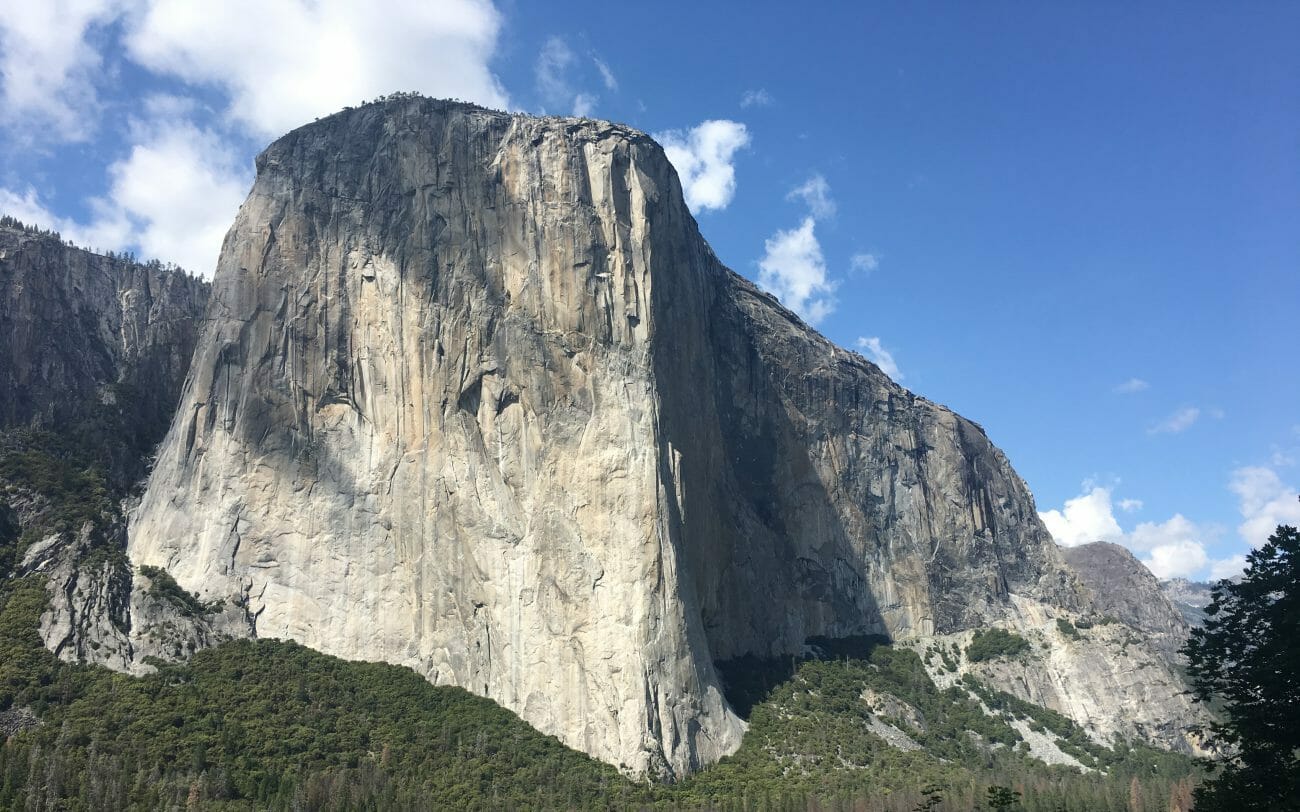If you know the history of rock climbing in Yosemite, you know that many of the famed Stonemasters would winter in Joshua Tree. There, with no long routes, John Bachar and friends invented the Half Dome Day (20 pitches in a day) and the El Cap Day (36 pitches). Climbing marathons were born. This decades-old practice is a valid and often-overlooked training tool.
I was reminded of this time-honored tradition as I laced my boots for a competitive climbing marathon this last weekend. The event, a fun, tongue-in-cheek celebration of the birth of sport climbing, has as its signature event an 8-hour team rock climbing marathon. Each route at the crag (in this case, Kanzianiberg, near Villach Austria) is assigned a certain number of points. Climbs have to be redpointed clean to count. I signed on, with my friend Andi Schwartz, because it is fun, and it fits perfectly into my training strategy, which involves building up my weekly volume of pitches on real limestone toward climbing goals in the Dolomites during June and July. And so I inadvertently resurrected the climbing marathon as part of my rock climbing training this spring.
But you don’t need a mullet to do a marathon. You can create your own Half Dome Day. Properly applied, this can be an effective way to build some modulated, skill-focused rock climbing training volume into your plan toward a climbing goal. And have some fun at the same time.
In the marathon, focus on routes you can onsight without falling so you can refine existing movement skills (not learn new ones).
As far as scheduling, start by working back from your climbing trip, or the time you plan to peak. Let’s say you want to peak for October 1, the start of Rocktober. Great. Work back 16 weeks (or a minimum of 8 weeks) from October 1. Here is a quick summary of a sample training plan going out for 16 weeks.
Base Period Schedule for Rock Climbing Training
4–8 weeks
2x/week general strength and core in the weight gym. Purpose: Conditioning and addressing muscular imbalances.
Climbing: 3–4 times a week ARC-style rock climbing training. One big day and the other 2–3 days about half the duration (time or pitches) of the big day.
OR
3–4 times per week climbing marathon–style training (ARC training in disguise, really). One big day and the other 2–3 days about half the duration (time or pitches) of the big day.
Each week, increase the amount of climbing in each session by roughly 10 percent.
Introduce Josh Wharton’s Recruitment Hangboard Routine after 4 weeks.
To keep things simple and make sure you rest enough between these joint-intensive sessions, you can schedule these hangboard workouts four days apart and stay consistent with the schedule. Seven hangboard workouts, four days apart, equals 28 days. If you finish all seven, then stop hangboard workouts for this training cycle. We prefer to keep the sessions spread out by four days to allow your finger joints plenty of recovery time and to accommodate the fact that you’ll be rock climbing throughout this period as well. The stresses will be significant and rest days need to be programmed in.
Every third or fourth week should be easy, 50 percent of the previous week’s climbing and training volume. Rest whenever you feel you might need a break. (This will vary depending on ability, age, and background.)
The following stage in a properly constructed rock climbing training plan would be a short (two-to-four-week) Power Period, which we’ll discuss in another post.
-by Steve House


